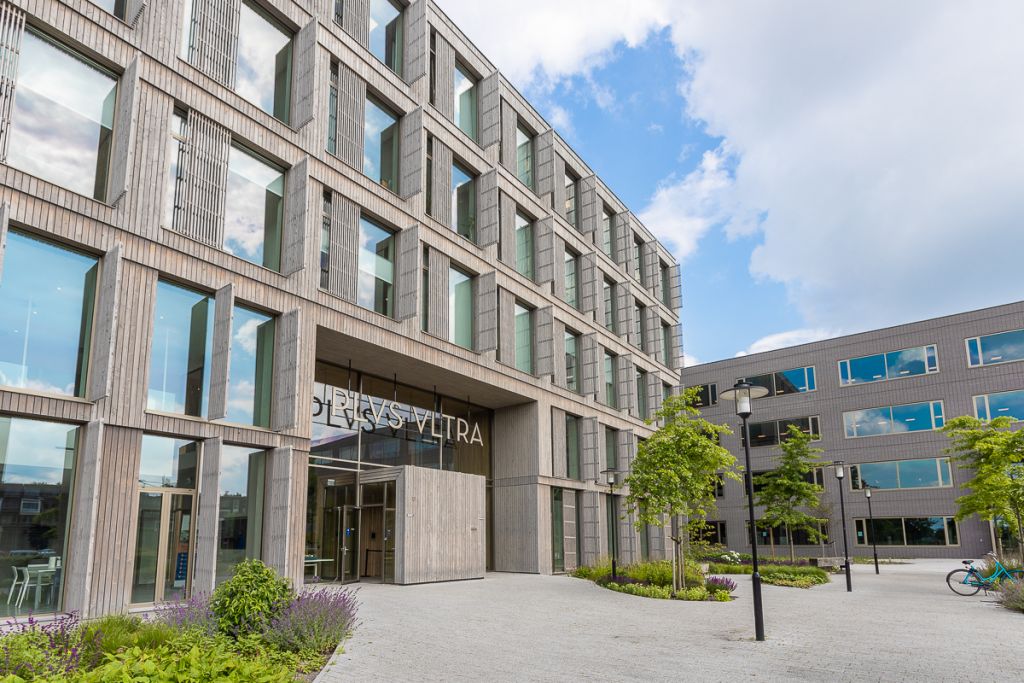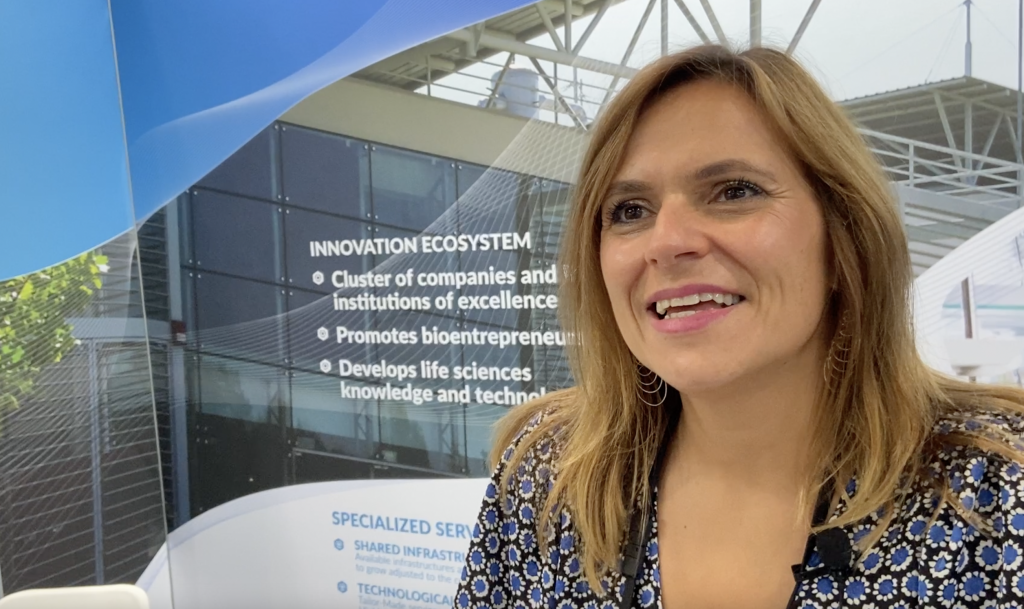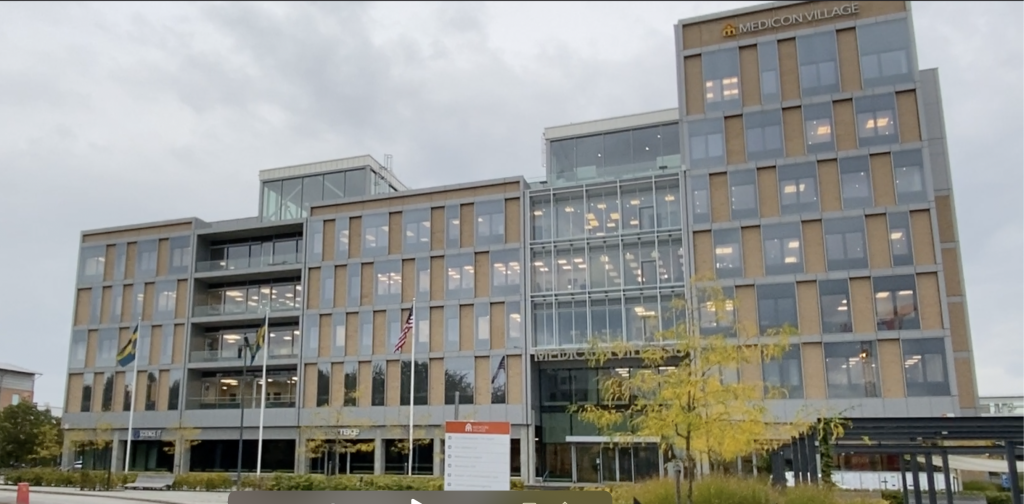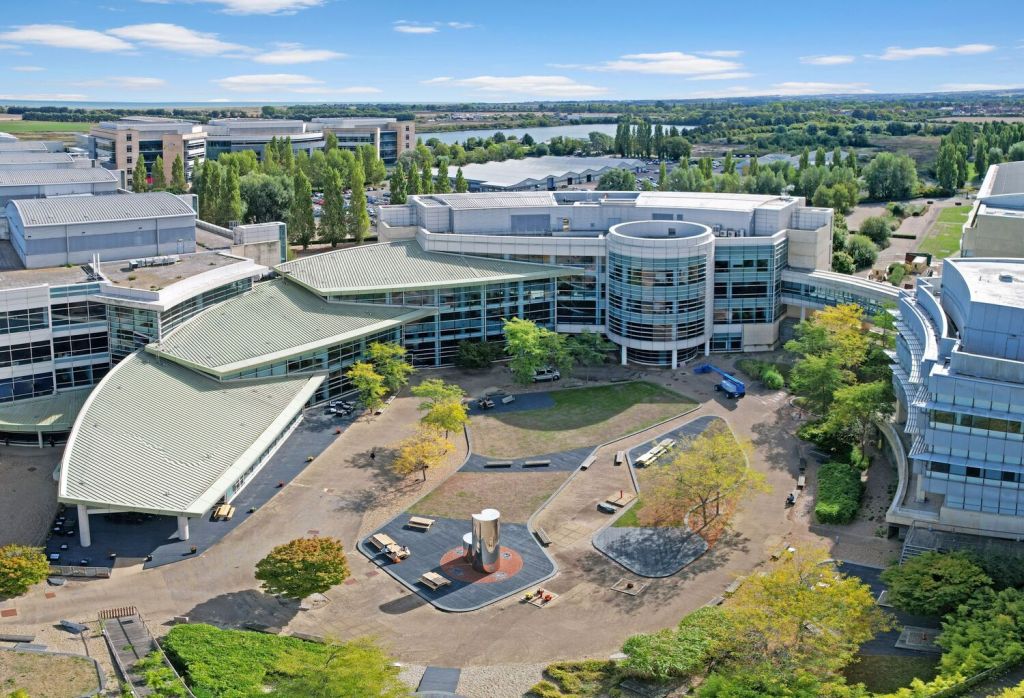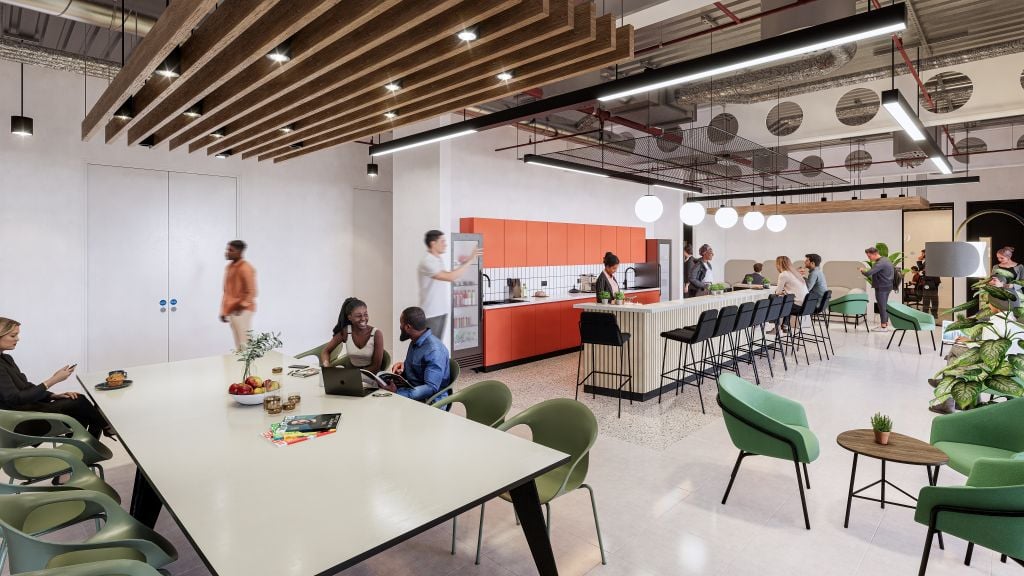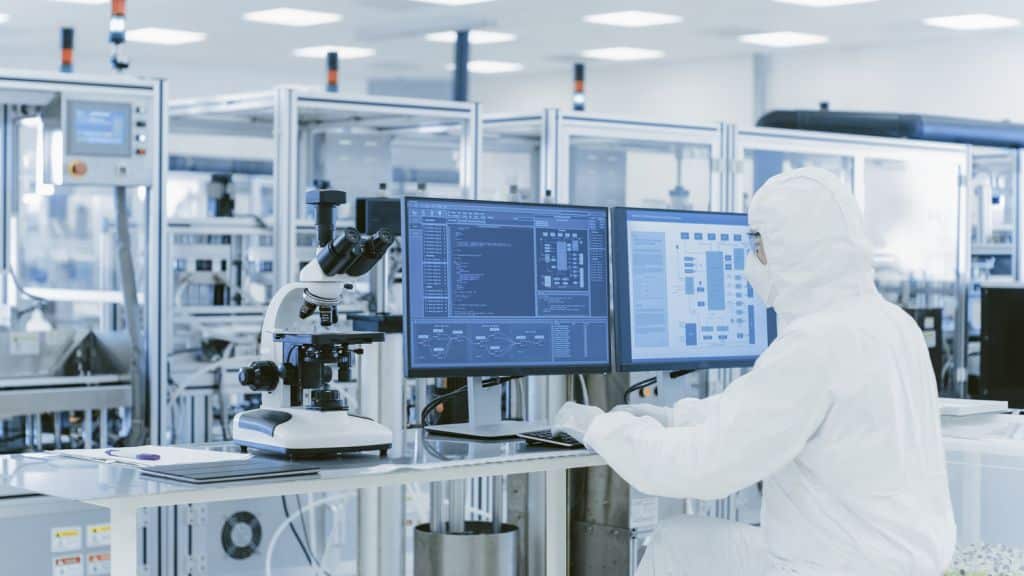How open ecosystems encourage knowledge sharing and accelerate scientific innovation
Human societies today are based around knowledge economies, where knowledge is currency and where quick, innovative solutions for problems are in high demand. We explore why innovation ecosystems that nurture varied skill sets, collaborative environments, and diverse perspectives are earning a reputation as centers for accelerating innovative solutions. Knowledge economies are systems that capitalize on […]
